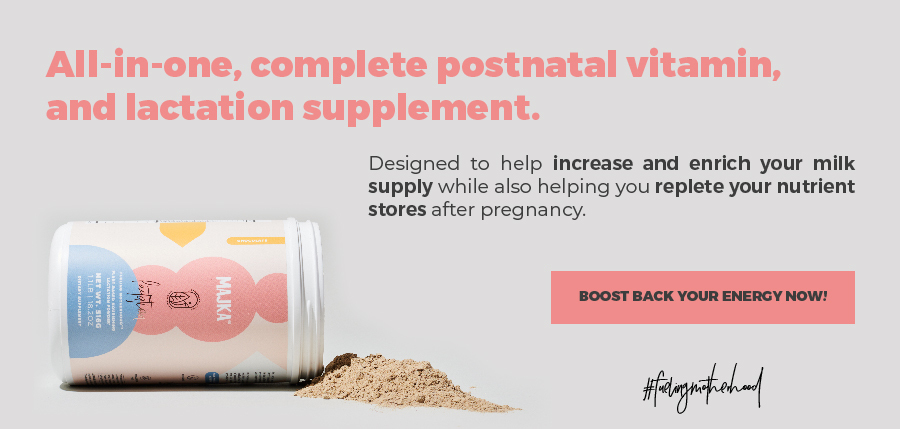
Anxiety and depression are two of the most common mental health problems of today. We may all have feelings of sadness or anxiety at different points in our life, and that’s ok. This becomes a problem when these feelings become constant, making it difficult to function on a daily basis.
In this article, we will talk about anxiety and depression: what they are, the signs, treatments, and how to distinguish one from the other.
Depression
First, we will talk about depression. According to the World Health Organization, depression is the leading cause of disability worldwide. Some people tend to confuse depression with sadness. Even though we may all feel sad from time to time, it isn’t the equivalent of having a mood disorder.
Depression is a mood disorder. You may experience feelings of sadness, emptiness, lack of interest or joy, etc. Depression could cause constant or persistent feelings, even if the situation that was triggering them has changed. These feelings may last every day for at least two weeks.
There are different forms of depression. DSM-5 (Diagnostic Statistical Manual of Mental Disorders, fifth edition) classifies as: clinical depression, persistent depressive disorder, disruptive mood dysregulation disorder (DMDD), premenstrual dysphoric disorder (PMDD), and depressive disorder due to a medical condition, such as hypothyroidism or heart disease.
Clinical depression has specific forms, such as: seasonal affective disorder (seasonal depression), prenatal depression, postpartum depression (we have another article on this topic), and atypical depression.
Anxiety
Now that we know what depression is, let’s talk about anxiety. Anxiety is an emotion that involves thoughts of worry and physical changes, such as increased blood pressure.
It is normal to feel anxious from time to time as this emotion´s job is to protect us from danger. Sometimes an anxious feeling could move us to a safer place or situation. However, if you are constantly feeling anxious and there isn’t any danger around, you may be experiencing an anxiety disorder.
An anxiety disorder is when you experience constant intrusive thoughts or concerns which make you avoid certain situations or have excess worry about them. This disorder may also come with physical symptoms like sweating, trembling, dizziness, or a rapid heartbeat.
There are many types of anxiety disorders, such as: agoraphobia (fear of places or situations where you may feel trapped), generalized anxiety disorder, separation anxiety disorder, panic disorder, social anxiety disorder, and more.
The difference between Anxiety and Depression
Although they are both very common mood disorders, the main difference between them could be the feelings that come from each:
- Depression: involves feelings of sadness, hopelessness, lack of joy, and exhaustion.
- Anxiety: involves feelings of nervousness, worry, and a sense of danger.
Another way to differentiate between anxiety and depression is to take a closer look at the signs:
- Signs of depression: angry outbursts, irritability, frustration, slowed thinking, speaking or body movements, poor concentration and memory, reduced appetite or increased cravings, loss of joy for activities that you used to enjoy, etc.
- Signs of anxiety: an increase in heart rate, sweating, hyperventilation, gastrointestinal problems, trouble sleeping, muscle tension, constant feelings of nervousness, etc..
Anxiety and Depression
Although the symptoms are different, it is very common that these mood disorders come together. Each can cause the other´s symptoms to increase and/or get worse. It is also possible to have only anxiety or only depression and experience some symptoms of the other in a mild level. The good news is that some of the treatments for each one work simultaneously.
Triggers for Anxiety and Depression
Although their symptoms are different, the causes may be more similar.They both include interactions between social, psychological, and biological factors:
- Biological factors for both include imbalance of neurotransmitters like serotonin and dopamine (a family history can make it more likely for you to develop them). Medical chronic conditions could also be a factor for developing them, because a medication for a different situation could have a side effect.
- Psychological and social factors include stressful life events such as trauma, loss, or lack of support. The abuse of substances such as alcohol can cause or make these mood disorders worse.
Each outcome depends on the person’s background, environment, and personality.
Treatment for Depression and Anxiety
We find some similarities, as they both can both benefit from similar treatments or even the same one.
Always keep in mind that a mental health condition should always be diagnosed and treated by a healthcare professional.
The two most common treatments for depression and anxiety are:
- Medication: Antidepressants help modify your brain´s chemistry. They produce improvement in the first weeks of using them, and you may feel the full benefits after two or three months of treatment. Antidepressants are often given to treat anxiety disorders as well.
Anxiety has different medication alternatives, such as: an anti-anxiety medication called buspirone, or in limited circumstances, sedatives. These are only intended for short-term relief of anxiety symptoms.
- Psychotherapy: “talk therapy” is used alone for mild depressions, or along with medications. Depending on each case, significant improvement from this treatment could be made in 15 sessions.
Cognitive behavioral therapy (CBT) can be very helpful for anxiety disorders. This treatment can help you learn specific skills to improve your symptoms and gradually return to activities that used to worry you.
Some other recommendations for depression and anxiety along with treatment are: exercising regularly, quality of sleep, having a healthy diet, and spending time doing things that you enjoy with the people you love.
In Breastfeeding 101 we hope this information has helped you differentiate between depression and anxiety to understand how to maintain a healthy lifestyle.
If you want to learn more about these conditions, here are some articles that made this one possible:
- Anxiety disorders I Mayo Clinic
- Current Diagnosis and Treatment of Anxiety Disorders I National Library of Medicine
- Depression I World Health Organization
- Depression I ClevelandClinic
- Depression ( major depressive disorder) I MayoClinic
- The Critical Relationship Between Anxiety and Depression I The American Journal Psychiatry
- The Nature of Clinical Depression: Symptoms, Syndromes, and Behavior Analysis I National Library of Medicine
- The serotonin theory of depression: a systematic umbrella review of the evidence I Molecular Psychiatry
- Treatment of anxiety disorders I National Library of Medicine
- What Is Depression? I American Psychiatric Association
- What is depression and what can I do about it? I MedicalNewsToday
Avery Reckers







2 Comments